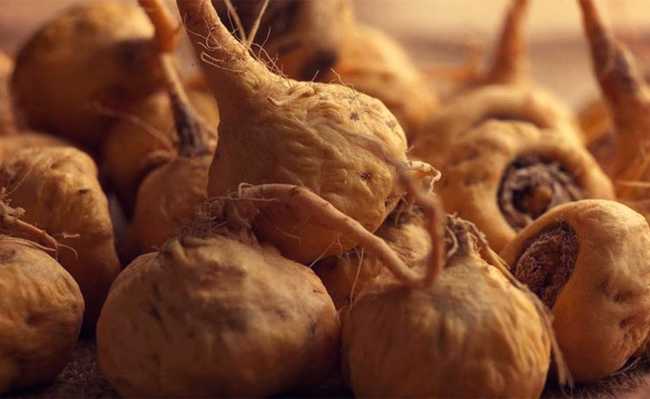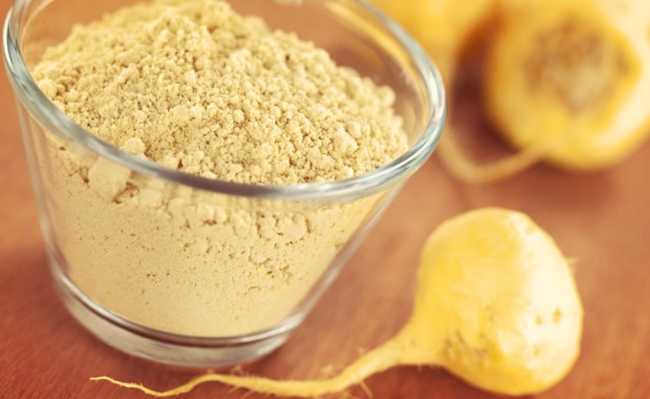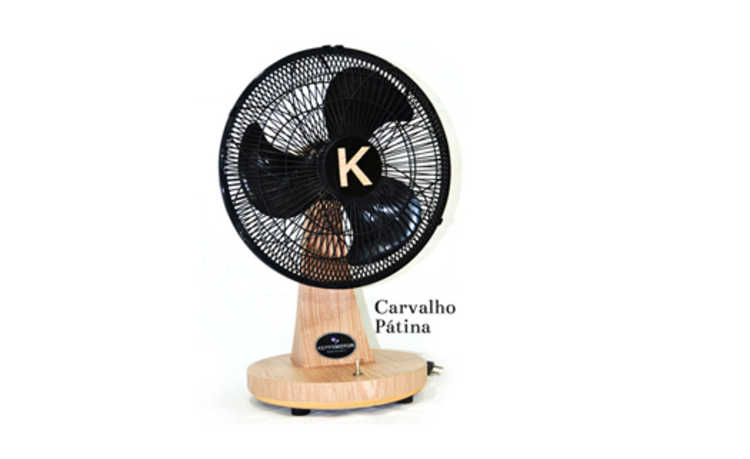Peruvian Maca: Benefits and Side Effects
Peruvian maca root provides benefits and prevents disease

Peruvian Maca is a plant that can grow at an altitude of 4,000 meters at temperatures that can reach -25°C. The plant also provides several health benefits. That's because the litter, scientific name Lepidium meyenii Walp, has a high nutritional value. It is popularly known as Peruvian maca because it is a plant native to Peru, more specifically from the Andes region. It is estimated that it has been cultivated for over 2,000 years by the Incas.
The part of Peruvian maca that has high nutritional values is the root, where it is possible to find proteins and minerals in high percentages. The Peruvian maca root (which resembles the shape of a radish), after being harvested, undergoes a drying process. After completing the process, maca can be preserved for many years, without losing its nutritional properties.
Peruvian maca can be consumed in either powder or capsule form. As a powder, it can be used in the preparation of juices, smoothies, jellies, porridges, etc. But, before consuming it, it is important to consult a nutrition professional to check which dosage is best for you. That's because Peruvian maca can cause detoxification, a beneficial process, but one that can have side effects in people used to consuming processed foods. Those who suffer from chronic diseases, liver, kidney and allergy to certain foods, dyes and preservatives should only consume it under medical advice.
Properties of Peruvian Maca

According to studies, Peruvian maca root can contain up to 18 grams of protein, 2 g of lipids, 76 g of carbohydrates and 8 g of fiber for every 100 g. Regarding vitamins, Peruvian maca root can contain up to 43 mg of vitamin B3 (niacin), 3 mg of vitamin C (ascorbic acid), 0.70 mg of vitamin B2 (riboflavin) and 1 mg of vitamin B1 (thiamine ) for every 100 g. Minerals are also present, being possible to find up to 2000 mg of potassium, 40 mg of sodium, 100 mg of magnesium, 600 mg of calcium, 300 mg of phosphorus and 24 mg of iron for every 100 g.
Heads up
According to Canada's Federal Department of Health, the maximum dosage of Peruvian maca should be up to three grams per day, which equates to approximately one flat teaspoon per day. The same agency informs that if you use antidepressants, anticoagulants or suffer from high blood pressure, a maximum consumption of 0.6 grams of Peruvian maca is recommended.
There is some questioning about the possibility of consuming Peruvian maca root to cause weight gain. The question is: an excess medicine can become lethal, the same happens with food, if ingested in the wrong way, without the practice of physical activities and without the ingestion of other healthy foods. Therefore, it is important that, in addition to eating Peruvian maca, other healthy foods are added to the diet, together with physical activity.
Benefits of Peruvian Maca
Peruvian maca is considered a healthy food that prevents many diseases. According to a study, Peruvian maca root can help treat hyperglycemia, kidney problems, immune system problems, and delay aging. Peruvian maca is also widely used in complementary medicine to treat symptoms of menopause, lack of physical vigor, fertility, improvement in learning and memory, to combat anxiety, depression, hormonal dysregulation, osteoporosis, anemia and is also known as an aphrodisiac, increasing the libido.










